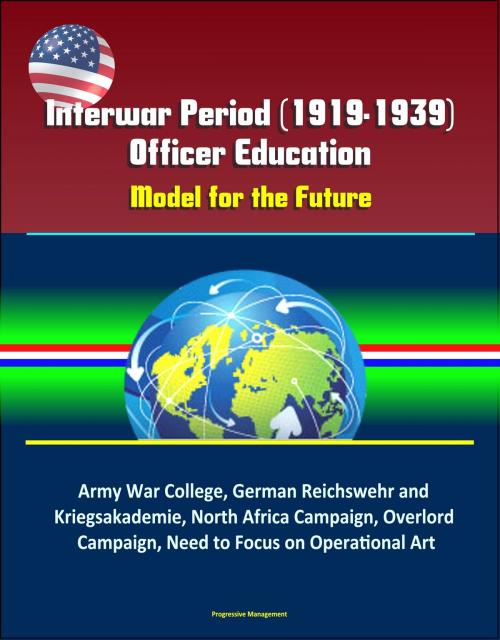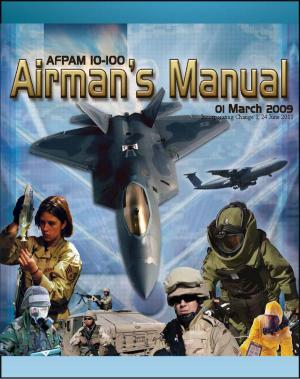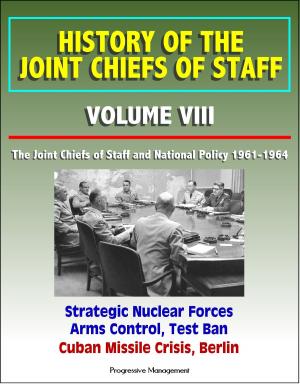Interwar Period (1919-1939) Officer Education: Model for the Future – Army War College, German Reichswehr and Kriegsakademie, North Africa Campaign, Overlord Campaign, Need to Focus on Operational Art
Nonfiction, History, Military, United States| Author: | Progressive Management | ISBN: | 9781370824045 |
| Publisher: | Progressive Management | Publication: | February 18, 2017 |
| Imprint: | Smashwords Edition | Language: | English |
| Author: | Progressive Management |
| ISBN: | 9781370824045 |
| Publisher: | Progressive Management |
| Publication: | February 18, 2017 |
| Imprint: | Smashwords Edition |
| Language: | English |
This excellent report has been professionally converted for accurate flowing-text e-book format reproduction. The interwar period (1919-1939) presented great economic, social, and political challenges to Germany and the United States. The interwar period challenged the United States Army with reductions in military strength and funding, public indifference, and an elevated level of anti-war sentiment. Germany faced similar social and economic conditions, exacerbated by the stiff limitations imposed by the Treaty of Versailles. These conditions did not relieve either nation of the responsibility to train and educate their military personnel—particularly the officers that would lead their militaries in a future conflict. Neither Germany nor the United States, however, made such significant reductions in their professional military education (PME) systems, enabling them to prepare for a future war far more effectively than they could have otherwise. Today the United States Army finds itself in a situation similar to the interwar period. The Army recently fought two protracted wars simultaneously and withdrawal from those conflicts will lead to reductions in military strength and funding, much like post-World War I reductions. The current United States Army's PME system remains as important today as it proved to be in 1939 in the preparation for future contingencies requiring the use of military force. Analysis of both the North African campaign and the Normandy breakout in World War II provide confirmation of the value of officer education in enabling success in warfare. The current PME, therefore, must focus on operational art, while continuing to provide an effective education that prepares its officers for future conflict in a complex and unpredictable operational environment.
This excellent report has been professionally converted for accurate flowing-text e-book format reproduction. The interwar period (1919-1939) presented great economic, social, and political challenges to Germany and the United States. The interwar period challenged the United States Army with reductions in military strength and funding, public indifference, and an elevated level of anti-war sentiment. Germany faced similar social and economic conditions, exacerbated by the stiff limitations imposed by the Treaty of Versailles. These conditions did not relieve either nation of the responsibility to train and educate their military personnel—particularly the officers that would lead their militaries in a future conflict. Neither Germany nor the United States, however, made such significant reductions in their professional military education (PME) systems, enabling them to prepare for a future war far more effectively than they could have otherwise. Today the United States Army finds itself in a situation similar to the interwar period. The Army recently fought two protracted wars simultaneously and withdrawal from those conflicts will lead to reductions in military strength and funding, much like post-World War I reductions. The current United States Army's PME system remains as important today as it proved to be in 1939 in the preparation for future contingencies requiring the use of military force. Analysis of both the North African campaign and the Normandy breakout in World War II provide confirmation of the value of officer education in enabling success in warfare. The current PME, therefore, must focus on operational art, while continuing to provide an effective education that prepares its officers for future conflict in a complex and unpredictable operational environment.















